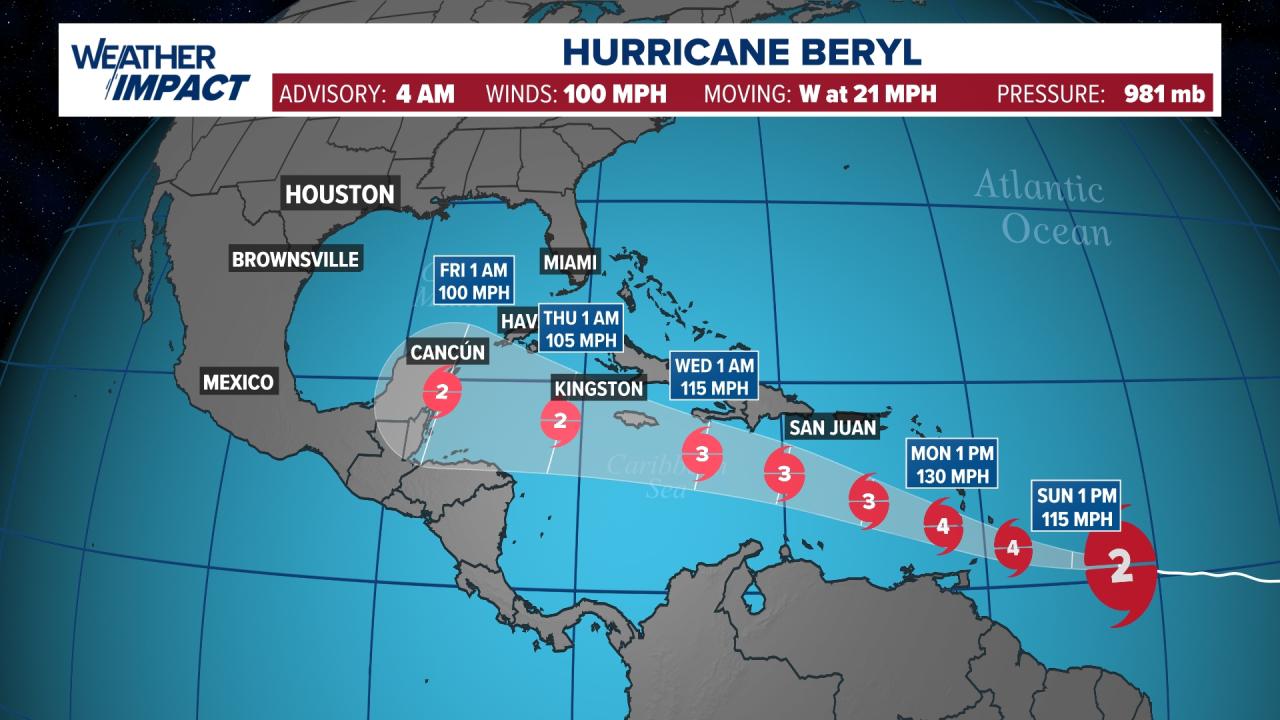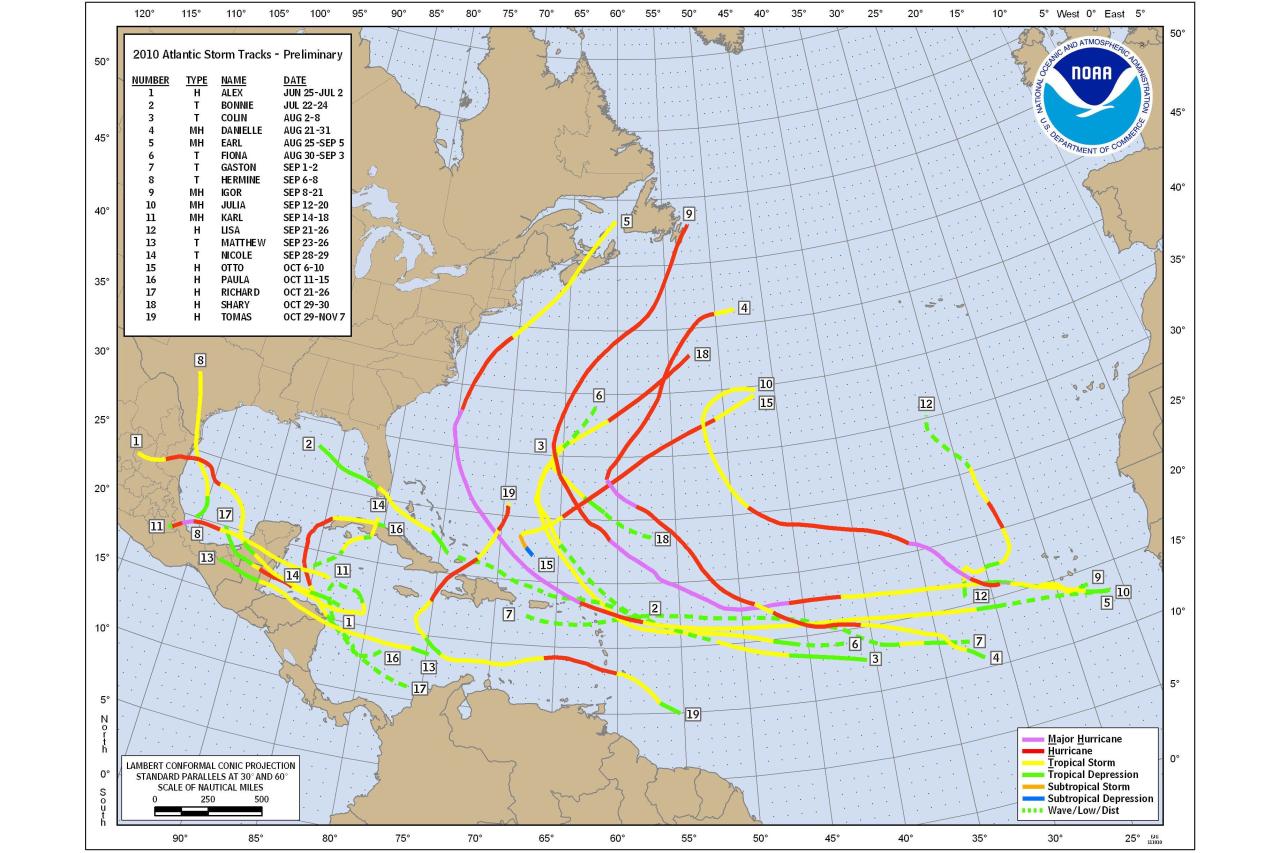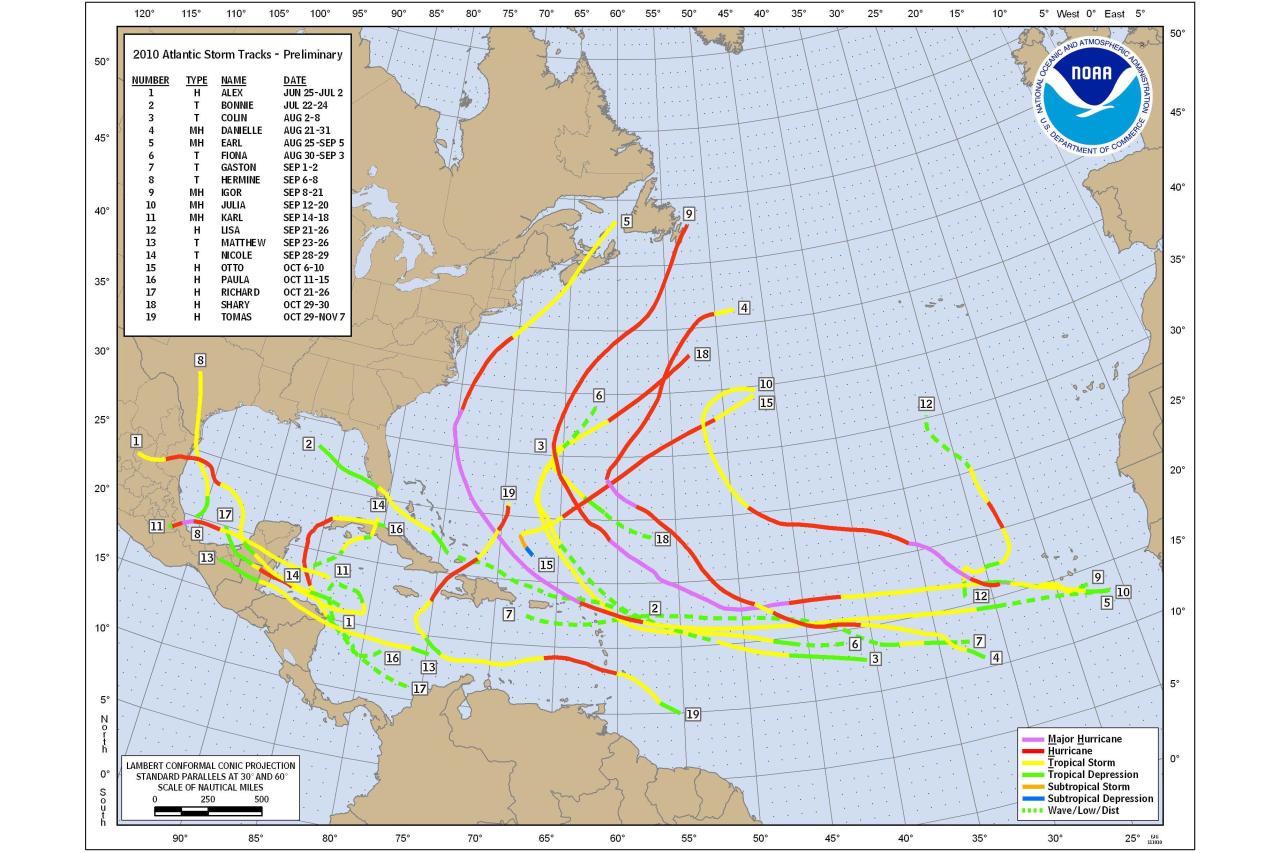In the face of nature’s wrath, the hurricane tracker emerges as an invaluable tool, providing real-time updates, historical data, and preparedness strategies to keep us informed and ready for the challenges that lie ahead.
From comprehensive tracking systems to evacuation plans and community initiatives, this guide delves into the multifaceted world of hurricane preparedness, empowering individuals and communities to weather the storms.
Real-time Hurricane Tracking and Monitoring
![]()
Hurricanes are among the most powerful and destructive forces of nature, capable of causing widespread damage and loss of life. Real-time hurricane tracking and monitoring are critical to ensuring the safety of communities and providing timely warnings to those in the path of a storm.
Hurricane tracking systems use a variety of technologies to collect and process data on hurricanes, including satellite imagery, radar, and weather stations. This data is then used to create computer models that predict the storm’s path and intensity. These models are constantly updated as new data becomes available, providing forecasters with the most accurate information possible.
Accuracy and Limitations of Hurricane Tracking Technology
Hurricane tracking technology has become increasingly accurate over the years, but there are still some limitations to the system. One limitation is that the models used to predict a hurricane’s path and intensity are only as good as the data that they are based on.
If the data is inaccurate or incomplete, the models may not be able to accurately predict the storm’s behavior.
Another limitation is that hurricanes are complex systems, and their behavior can be difficult to predict. Even the most accurate models can sometimes be wrong, and hurricanes can change course or intensity unexpectedly. This is why it is important to stay informed about the latest forecasts and to be prepared to take action if a hurricane threatens your area.
Historical Hurricane Data and Analysis

A comprehensive understanding of historical hurricane data is crucial for identifying vulnerable areas and enhancing preparedness strategies. By analyzing past events, we can uncover patterns, trends, and insights that inform decision-making and risk mitigation efforts.
The following table presents a detailed compilation of historical hurricane data, including track maps, intensity charts, and landfall information. This data provides a valuable resource for researchers, policymakers, and emergency responders.
Track Maps and Intensity Charts
- Track maps illustrate the path of hurricanes, providing insights into their direction and speed of movement.
- Intensity charts depict the strength of hurricanes over time, using the Saffir-Simpson Hurricane Wind Scale.
Landfall Information, Hurricane tracker
- Landfall information includes the location, date, and time when hurricanes make landfall, along with their intensity at the time of landfall.
- This data is essential for assessing the potential impact of hurricanes on coastal communities and infrastructure.
Analysis of Historical Hurricane Patterns and Trends
Analyzing historical hurricane data allows us to identify patterns and trends that can inform risk assessment and preparedness efforts. By examining the frequency, intensity, and duration of hurricanes over time, we can gain insights into:
- Areas that are most vulnerable to hurricane impacts
- The potential for changes in hurricane activity due to climate change
- The effectiveness of current mitigation strategies
Charts and graphs are powerful tools for visualizing historical hurricane data and identifying trends. These visual representations can help policymakers and emergency responders make informed decisions about resource allocation and evacuation plans.
Hurricane Preparedness and Mitigation Strategies
Hurricanes, with their destructive force, pose significant threats to coastal communities. Effective preparedness and mitigation strategies are crucial to minimize the impact of these storms and safeguard lives and property.
Individual preparedness is paramount. Evacuation plans should be in place, outlining designated routes and shelters. Emergency supplies, including non-perishable food, water, first-aid kits, and essential medications, should be gathered and easily accessible.
Government and Community Involvement
Government agencies and community organizations play a vital role in hurricane mitigation efforts. They establish building codes and regulations to ensure structures can withstand hurricane-force winds. Coastal restoration projects, such as beach nourishment and wetland restoration, help buffer communities from storm surges.
Interactive Evacuation Map
Interactive evacuation maps provide a valuable tool for visualizing evacuation routes and designated shelters. These maps can be accessed online or through mobile applications, allowing individuals to plan their evacuation strategies in advance.
Final Thoughts: Hurricane Tracker

As the winds howl and the seas surge, the hurricane tracker stands as a beacon of hope, guiding us through the treacherous waters of nature’s fury. By embracing its insights, we can mitigate risks, safeguard our loved ones, and emerge from the storm stronger than ever before.
FAQ Section
What are the limitations of hurricane tracking technology?
While hurricane tracking systems provide valuable insights, they are not without limitations. Factors such as atmospheric conditions, data availability, and model accuracy can affect the precision of predictions.
How can I prepare for a hurricane?
Hurricane preparedness involves creating an evacuation plan, gathering emergency supplies, securing your home, and staying informed about weather updates. It’s also crucial to follow instructions from local authorities and evacuate if necessary.
What role do government agencies play in hurricane mitigation?
Government agencies play a vital role in hurricane mitigation by implementing building codes, conducting research, providing early warning systems, and coordinating disaster response efforts.

